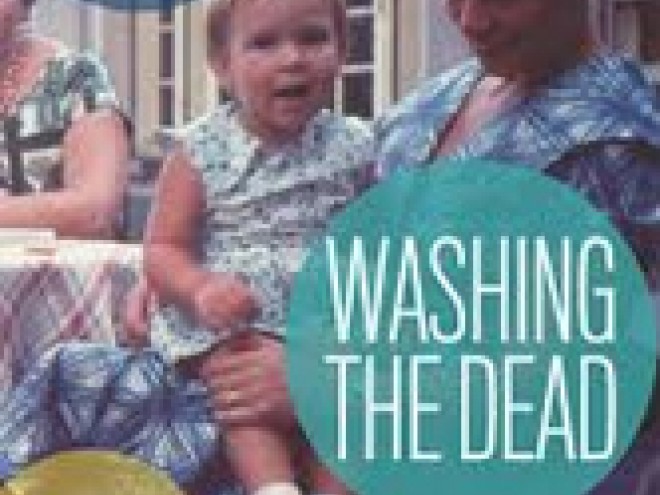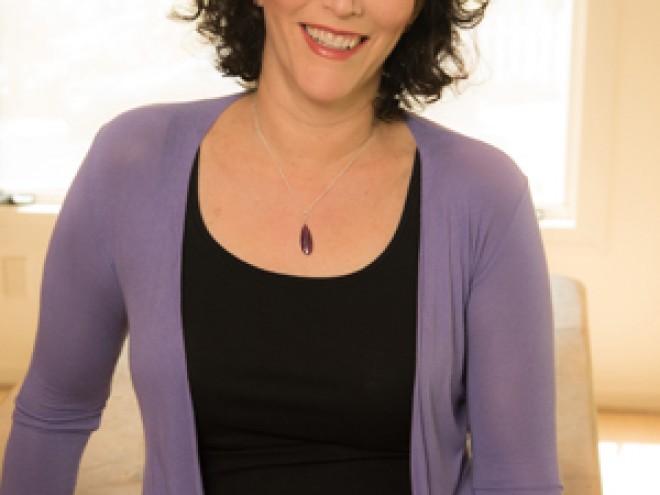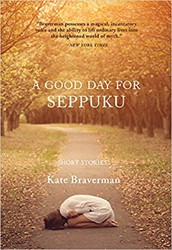The seventeen stories that make up Michelle Brafman’s new novel, Bertrand Court, form a tightly woven tale of a large family and their circle of friends. While many of the stories have been previously published, collectively they provide more nuanced portraits of these relatives, best friends, and lovers past and present. The central family, Jewish in heritage and traditions, reflects the diversity of contemporary Jewish American life.
Told chronologically from the 1930s to the present, these stories allow readers to grasp the emotionally charged, life-changing issues that propel this cast of characters forward. Brafman coveys their longing for sexy, responsibility-free relationships along with their determination to be meaningfully and lovingly partnered for life. It is easy to empathize with the Solonsky family’s grief and jealousy, as well as the challenges that affect past and future generations.
“Sylvia’s Spoon” tells the story of a small silver spoon inscribed with a Hebrew hey, meant to be handed down to each young woman in the family as she carries a baby to the next generation. Hannah Solonsky, waiting for her turn, says, “I imagine this spoon has survived pogroms and a long passage to Ellis Island, and I want to siphon its fortitude for my baby.” The image of this small, nurturing token reappears throughout the book.
In “Skin,” Eric Solonsky and his non-Jewish wife eat take-out on Yom Kippur, the very day before their first son’s brit. Tensions and anticipation begin to rise. By the end of the next day, Eric, with baby Alec peacefully asleep, imagines the future and vows to “fast next Yom Kippur, not for his father or to prove anything to Maggie, but for Alec — and for himself.”
In “Molly Flanders,” Molly meets her neighbor Becca Cantor on a rainy evening in Bertrand Court, when she overhears her chanting an ancient melody. Learning of Becca’s adult Jewish education and subsequent observance, Molly is immediately transported back twenty years to the day her best friend became a bat mitzvah. Experiencing the beautiful religious ceremony, and comparing it to her own family and heritage, she remembers thinking, “What could possibly mean more than having a bat mitzvah?” Her lifelong yearning for such spiritual abundance comes barreling back when Becca shows Molly her grandfather’s prayer shawl and says, “When I wear this, I can practically feel generations of Jews passing right through my soul. I can feel God.”
The thread of Jewish culture that runs through Brafman’s novel is both respectfully provocative and lovingly integrated.These graceful, insightful stories are a testament to our complicated lives and importance of family and friends.
Related Content:




